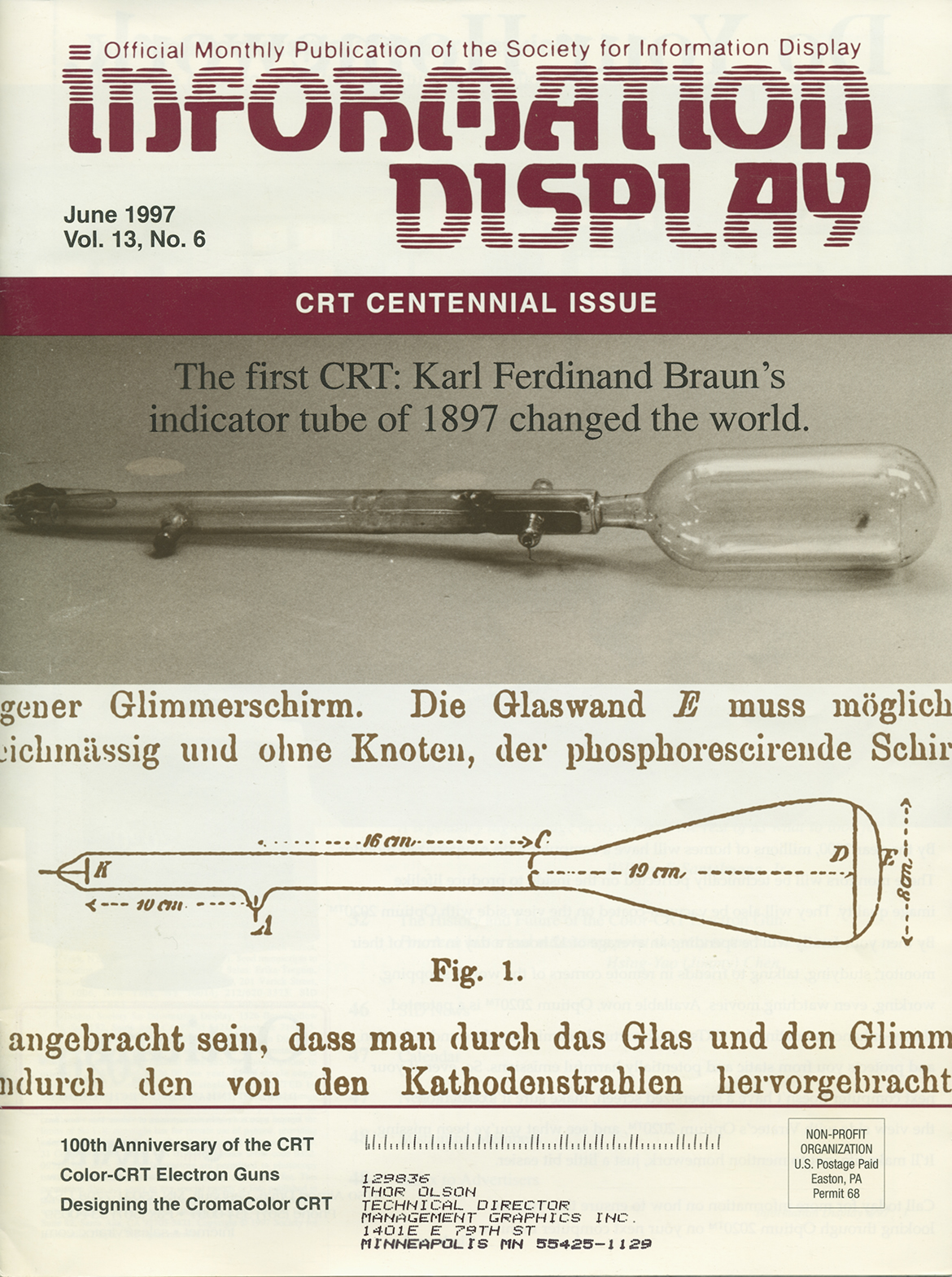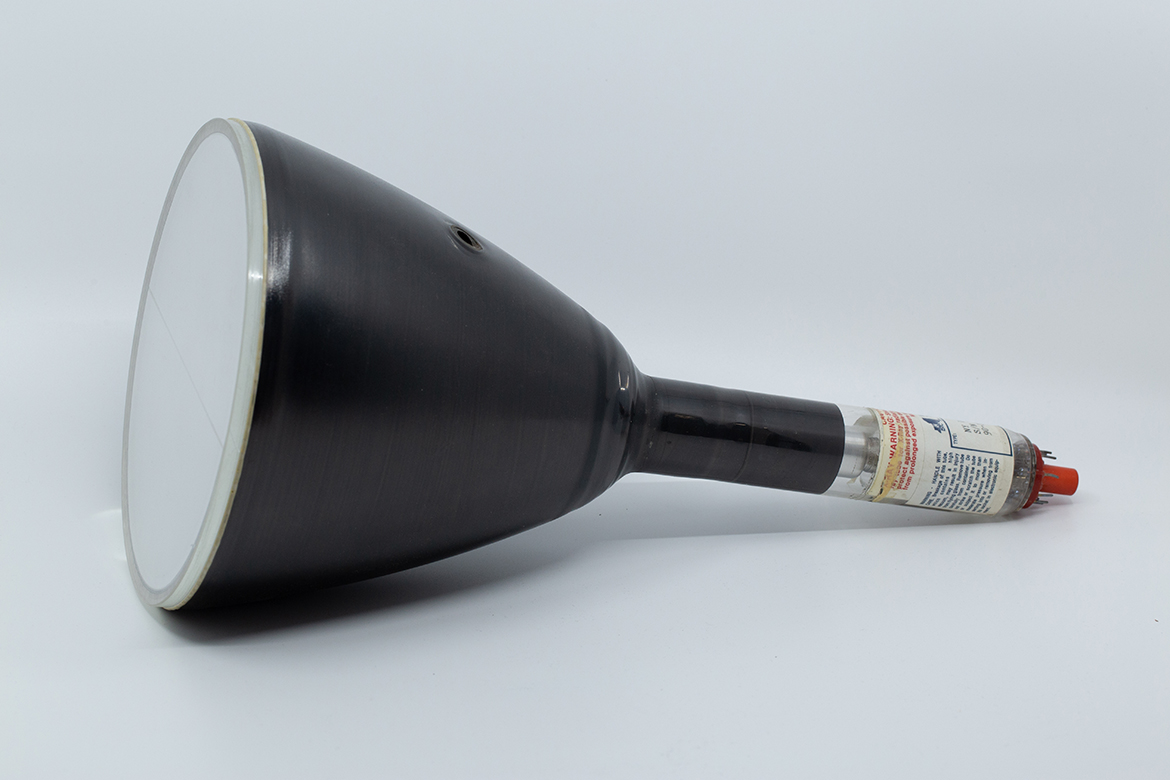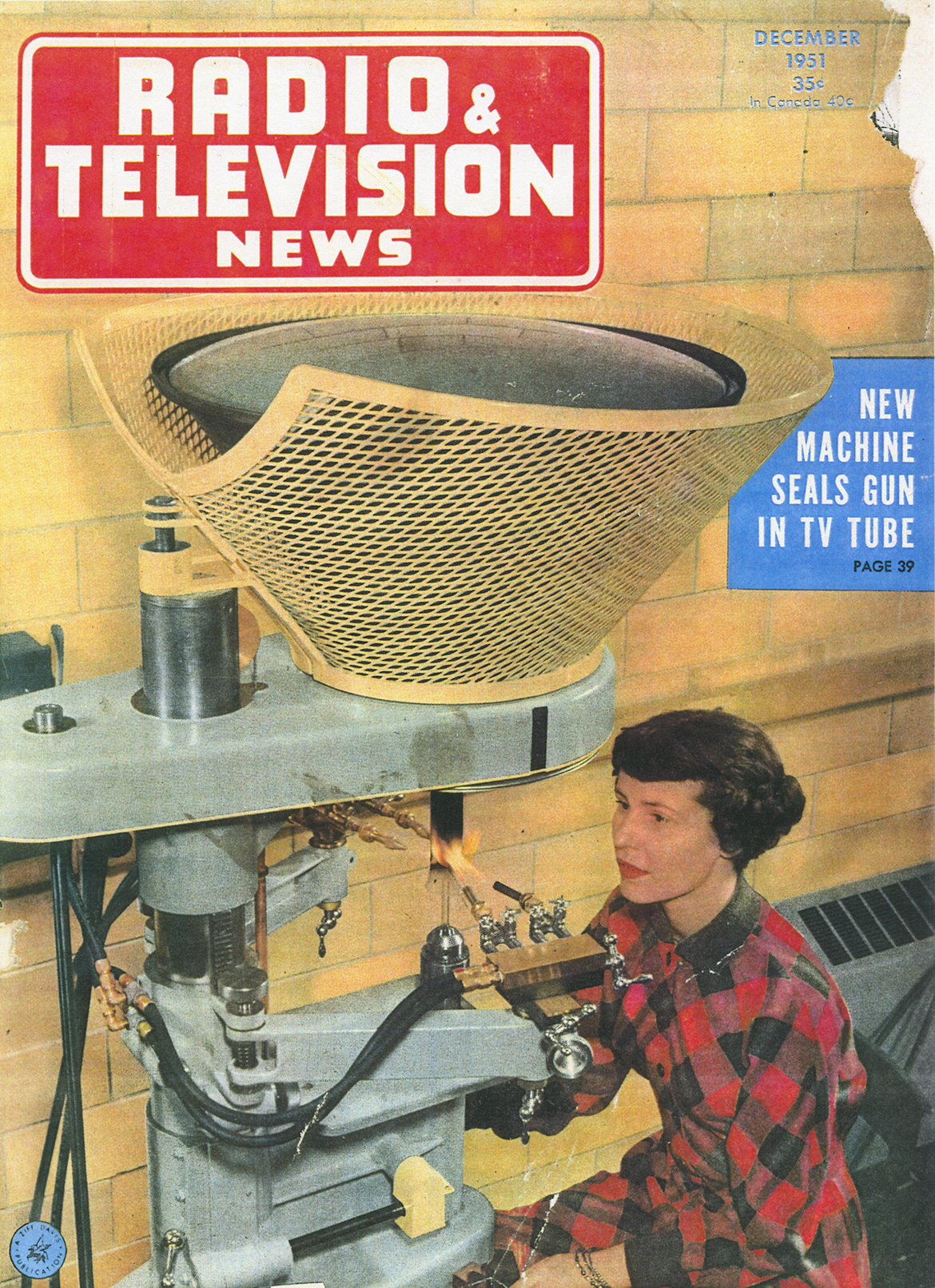
This is the first of three posts describing a now-(nearly)-obsolete technology.
Thomas Edison nearly discovered them. In his experiments with heated filaments in evacuated glass bulbs trying to find a suitable incandescent lamp, there were hints. He noticed depositions of material on the walls of the glass tubes. Many scientific discoveries are preceded not by the expression “Eureka”, but instead by the comment: “Hmm, that’s funny”. If he had followed up on this odd result, he might have also invented the vacuum tube amplifier.
Instead, it was another inventor, Lee de Forest who recognized how the control of electrons from a thermionic emitter could be utilized. In doing so, he became the “father of radio”. His invention, the triode vacuum tube, became the foundation of radio and television technology for much of the twentieth century.
However, by the time I was learning the tools and techniques of electrical engineering, the transistor had been invented, which improved on the tube in many ways. In my coursework, I learned all about semiconductors and transistors. Tubes were also taught, but it was mostly for historical reasons, and maybe because some of the older professors thought it was important. I considered it unimportant, skipped class that day, and graduated with zero skill in the design and use of vacuum tubes.
This knowledge gap did not hamper my career in any way for many years, until I found myself working with imaging technology that relied on cathode ray tubes. All tubes have cathodes; they are the source of electrons, which are then modulated by signals on other electrodes. But the cathode ray tube (CRT) was a specialized version of a vacuum tube. It allowed the electrons to stream past the normal collecting point and proceed to a phosphor screen. The phosphor, when struck by energetic electrons, converted the energy into light.
This was the foundation of television. The electron beam could be controlled by magnetic fields to scan across the screen, horizontally and vertically. The beam intensity could also be controlled as it scanned, and when you combine all of these motions and intensity controls, the result is an image! The CRT became known as a “picture tube”.
Even when all of the other electronics in radios and televisions were being replaced by transistors, the picture tube was still essential.
And so, when I was assigned the task of making a CRT produce a high-resolution image for the purpose of recording it on film, I was far out of my element. There were other engineers on the project, most of whom shared my ignorance.
We all worked our way to a practical knowledge, if not a deep understanding, of what was needed. I recall trying to do research on the topic and having failed to find references at the university library regarding film recorders, I commented on my lack of findings to the company president. His response was something to the effect of: “Of course not. You won’t find a book on how to do this, we are inventing it now.” It was a something of a revelation to me, both scary and inspiring.
So we basically took a vacuum tube relic, the CRT, because that was the display technology available, and applied the most modern electronics and techniques available, to make a system that could transfer computer images onto film.

I have a few pictures of the specialized CRTs that we used. They are small, compared to televisions of the day, but unlike television picture tubes have a perfectly flat screen, an important feature for making high resolution film images.

The electrons are produced by the same structure found in the original de Forest triode tubes, a heated filament that boils them off a specialized cathode material. The electrons are then gathered and focused by subsequent electrodes. In a CRT, this set of electrodes is called the “electron gun”. It is found at the far end of the tube neck and requires specialized materials and tools to fabricate and to install– it needs to be centered, and the metal electrode wires must somehow get through the glass. The motivation to solve these challenges was provided by the huge demand for television picture tubes.

previous | next


Pingback: Behind Gamma’s Disguise | Thor's Life-Notes
Pingback: An Oscar for Solitaire | Thor's Life-Notes
Pingback: Stonehenge and Solitaire | Thor's Life-Notes